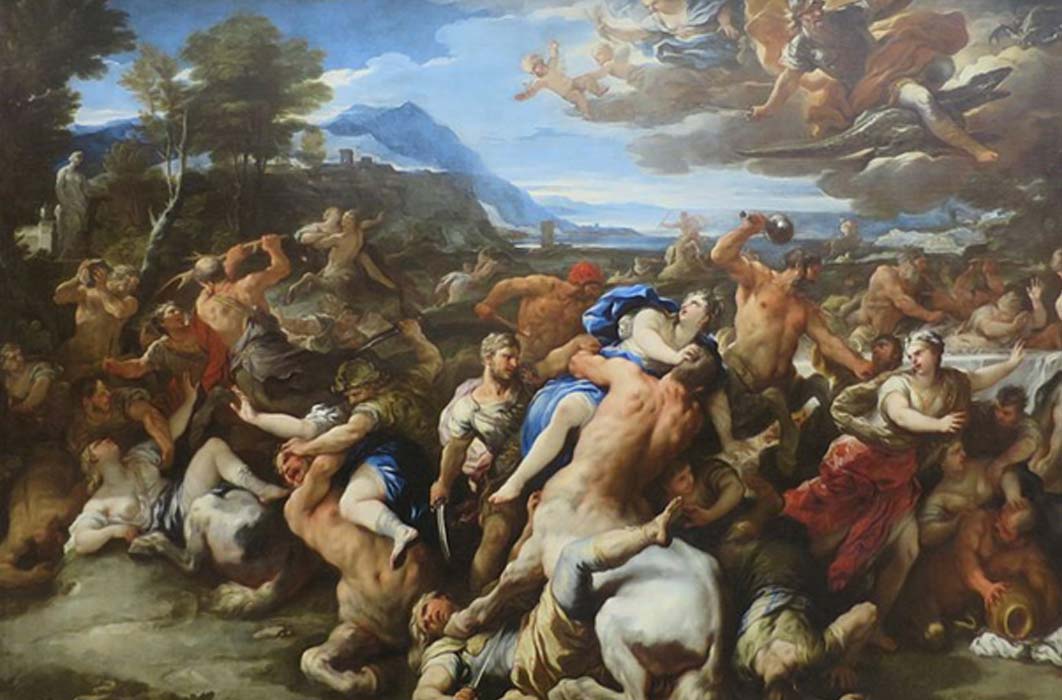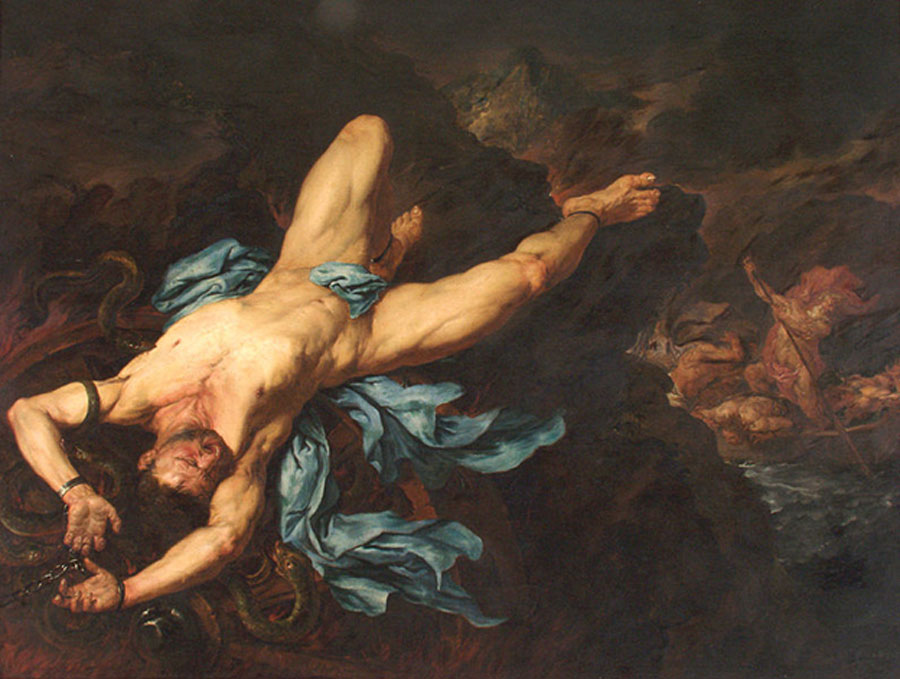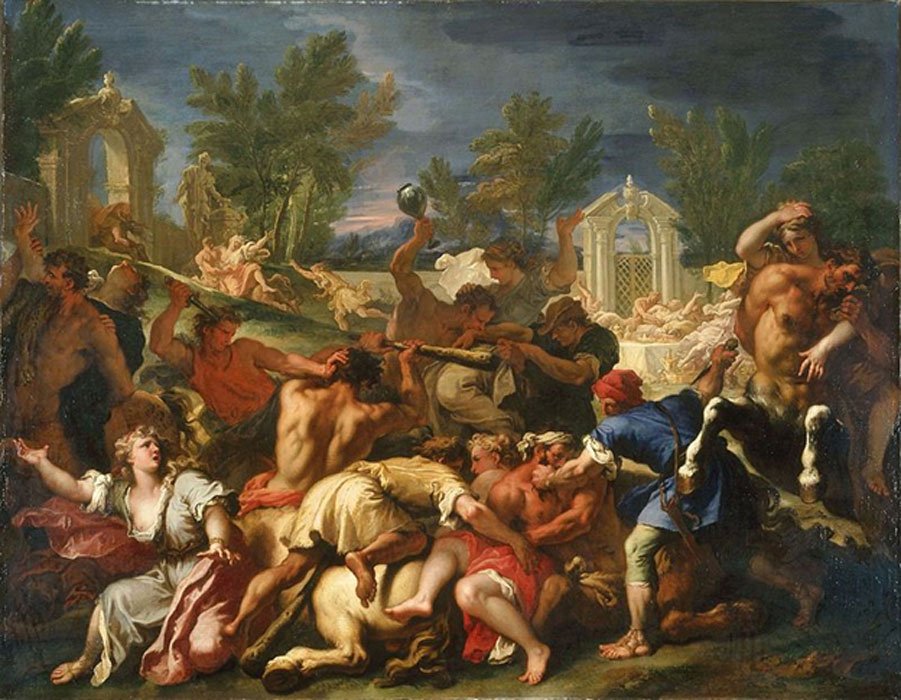
Half-Human Half-Beasts Love and Lust in Mythology
Half-human half-beast creatures are found loving and lusting, warring and whoring in myths and legends of nearly every, if not all, cultures in the world. Although many of them made their debut in stories from ancient Greece, Mesopotamia and Egypt, these creatures have their origins in a much older concept that was passed down over millennia. Whether they are gods, teachers or musicians, they played varying roles in many different contexts from trickster or villain to divine heroes and anthropomorphic deities, depending on the particular culture.

Satyr men, satyr women, and satyr children BY Peter Paul Rubens (Public Domain)
Ancient Greek’s Pan, worshiped by hunters and shepherds, is depicted with the hindquarters, legs, and horns of a goat while otherwise being mostly human in his appearance. Both mischievous and cheerful, Pan symbolizes and rules over the untamed wild. Another anthropomorphic deity is Anubis, the Egyptian god of death, depicted as a figure with the body of a man and the head of a jackal with pointed ears, holding a gold scale weighing the heart of the soul against Ma’at’s truth feather. Anubis was one of the most frequently represented deities in ancient Egyptian art as he provides sovereign to mummification rituals and funerals. In Buddhist mythology, there is the Kalaviṅka, a divine bird with a human head who preached the Dharma through its songs and in South-East Asian mythology. Two of the most beloved mythological characters are the benevolent half-human, half-bird creatures known as the Kinnara and Kinnari, celestial musicians who come from the Himalayas and watch over the well-being of humans in times of peril.
Ixion: Ancestor of Centaurs
The ancient Greek Centaurs constitute an important part of early Greek mythology as they are connected with great mythological heroes such as Achilles and Heracles. The lyric poet Pindar (517 - 438 BC) tells us the story of Ixion, a rather sinister trickster figure. His biggest crime was that of violating xenia (guest-friendship), the ancient Greek concept of hospitality, particularly the generosity and courtesy shown to those who are far from home. Ixion invited his father-in-law to his home as his guest and proceeded to push the old man into a bed of burning coals.

The Torture of Ixion by Giovan Battista Langetti (1635–1676) Museo de Arte de Ponce (Public Domain)
Ixion was ostracized as an outlaw - half-mad and shunned by society. Zeus took pity on him and brought him to Olympus. However, Ixion grew lustful of Hera and attempted to rape her. As Hera was the wife of his host, Ixion committed another violation of xenia. When Zeus discovered his intentions, he produced a cloud in the shape of Hera which became known as Nephele. Ixion laid with Nephele and the union resulted in a deformed son who was named Centaurus. Centaurus later lived on the mountain of Pelion and mated with the Magnesian mares who resided there. This resulted in the birth of the Centaur race, with the mother’s features below the waist and the father’s features above.

Battle of the Lapiths and Centaurs by Sebastiano Ricci (1705) (Public Domain)




